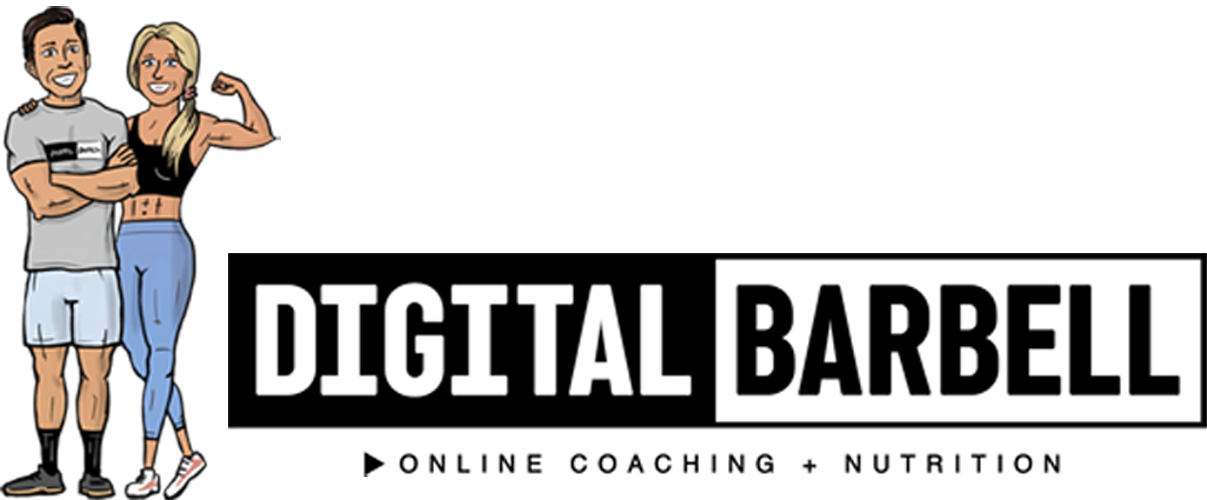ARE YOU EVEN READY TO DIET?
Not everyone is ready to go on a diet, even if they have weight to lose.
Say whaaaaat?
You read that right. Just because you have 10, 20 or 30lbs that you would like to lose doesn’t mean that it’s the right time to do it. Let me explain.
The first thing we do with a nutrition client after getting to know them and their goals is to find out what they have done in the past and what they are doing now that has gotten them to where they are. The reason isn’t to judge them. Quite the opposite. It’s to learn how we can best help them reach their goals. One important thing we need to understand is what is going on with our client’s metabolism. We want to know about how many calories they burn per day. We have a few different ways we can do this based on the client. Once we have a good estimate of the state of their metabolism, we come up with a plan.
Today we want to talk about what we do when we have a client with a goal to lose weight, but their body has already adapted to a very low calorie intake.
Like we’ve discussed before, our bodies adapt over time to just about everything we do to them, including an adaptation to the number of calories that we give them. That’s the reason that as you diet, you have to eventually drop your calories more and more to continue losing weight. Your body has adapted to the number of calories, causing you to plateau in your weight loss. Typically when someone’s metabolism has adapted to a very low calorie intake it’s due to either prolonged periods of extreme dieting, or repeated bouts of extreme dieting followed by periods of extreme indulgence. In other words, yo-yo dieting. It is tough on the metabolism and can result in a body that still has relatively high body fat that can be maintained at very low caloric intake. When we find this scenario, it wouldn’t be responsible to simply ask our clients to eat less calories in order to get them results. First of all, it might not work, and secondly it would only exacerbate the state of disfunction that their metabolism is already in.
There is still hope in these cases, but it is going to take a little work and some time.
Before we can help these people focus on fat loss, we need to help them restore their metabolism to a more “normal” state for their age, body fat and weight. We call this a “reverse diet”. What we mean by that is we need to get their body burning more calories on a regular basis so that when it does come time to cut calories for fat loss we aren’t lowering their intake to unhealthy levels. The way we do this is highly individualized but the overall game plan is to slowly increase their caloric intake little by little (usually through carbohydrates and fats) as we monitor their biofeedback, weight and measurements. Everyone once in a while we have an outlier that actually maintains their exact weight or even loses weight as we increase calories. However, slight weight gain during this rebuilding phase can happen. We do our best to keep this to a minimum by adding calories slowly. This process takes time but it is the right thing to do.
Once we have adapted our client’s body to a caloric intake that is within a “normal” range, THEN we can put them into a conservative caloric deficit to drive fat loss.
That is when you’re ready to diet.
If you think you might need to do a reverse diet or have questions about the process, send us an email.
